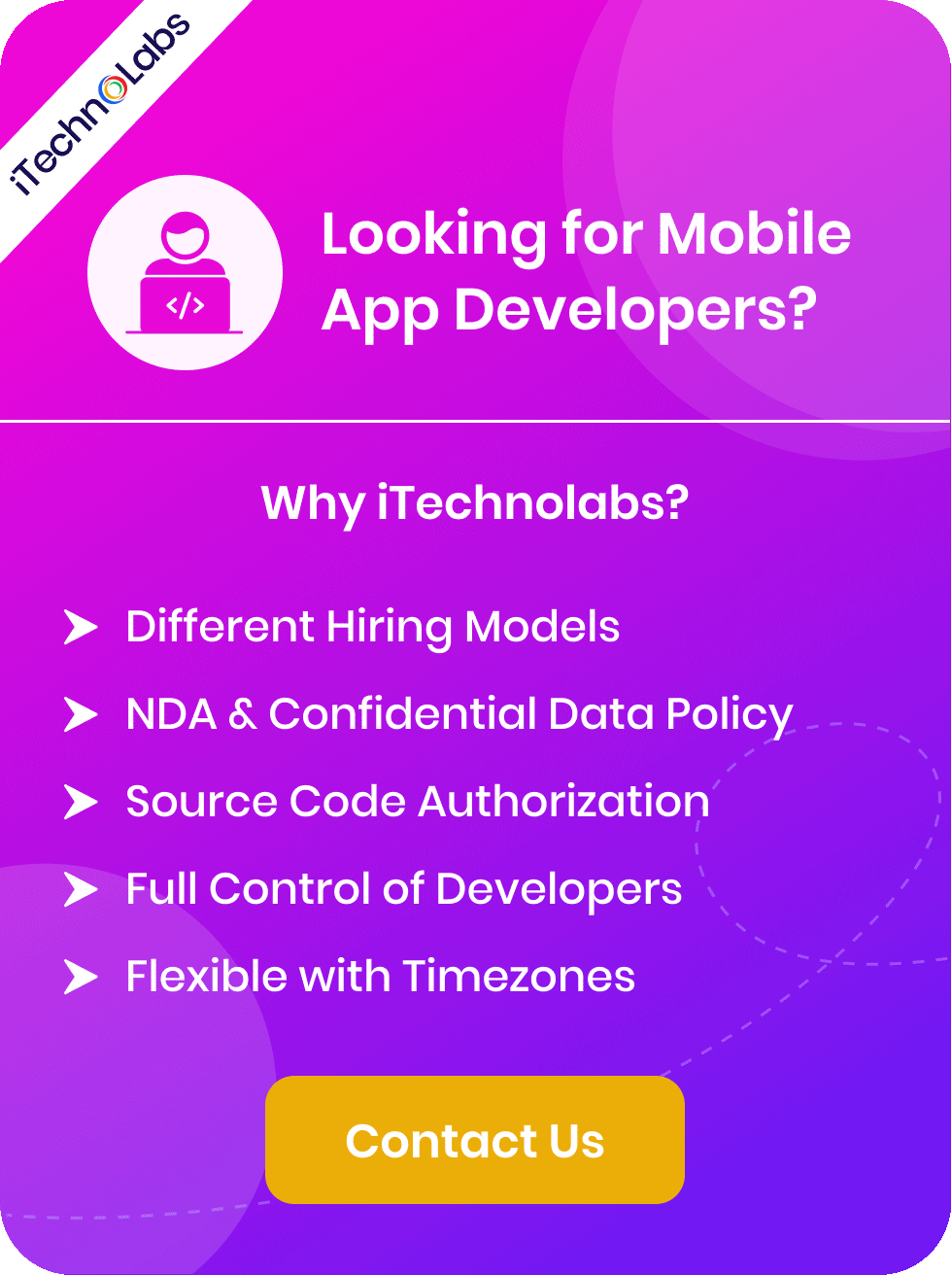Software Development Scope of Work: Creating a Vision for Success

In the world of software development, a well-defined scope of work (SOW) is the foundation upon which successful projects are built. It serves as a roadmap, outlining the objectives, deliverables, timelines, and resources required to bring your software vision to life. A comprehensive SOW not only ensures clarity and alignment among stakeholders but also minimizes risks and maximizes opportunities for innovation. iTechnolabs is your trusted partner in enhancing software development processes. With its cutting-edge solutions and expertise, iTechnolabs can revolutionize your software development journey.
In this article, we will delve into the essential elements of a software development scope of work. We will provide you with a template that can serve as a starting point for your own projects, along with valuable tips and powerful tools to streamline your processes. Whether you’re an experienced project manager or just embarking on your software development journey, this guide will equip you with the knowledge and inspiration needed to create successful projects that exceed expectations.
Introduction
Setting the Stage for Success The introduction section of your Software Development Scope of Work acts as a prelude to the entire document. Its purpose is to provide an overview of the project and its strategic goals. Here are some key aspects to consider:-
Defining Project Objectives
-
Outlining Deliverables
-
Identifying Stakeholders
Project Scope
The project scope section is where you define the boundaries of your software development project. It helps manage expectations, prevent scope creep, and ensure a clear understanding of what is included (and what is not) within the project’s scope. Consider the following subsections when creating this part of your SOW:-
In-Scope Activities
-
Out-of-Scope Activities
-
Assumptions and Constraints
Unveiling the Key Features of Software Development
iTechnolabs stands as a shining example of corporate excellence, driven by its visionary leadership, commitment to innovation, and passion for empowering others. By staying ahead of the technological curve and fostering collaborative partnerships, we continue to redefine what is possible in the digital landscape. In today’s fast-paced and technologically driven world, software development has become an integral part of businesses across industries. The ability to create innovative software solutions is crucial for organizations striving to stay ahead of the competition and meet the ever-evolving needs of their customers. In this blog post, we will explore the key features that make software development a powerhouse in driving business success.-
le Methodology: Empowering Collaboration and Adaptability
-
Continuous Integration and Delivery: Ensuring Efficiency and Quality
-
User-Centric Design: Putting Users First
-
Scalability: Adapting to Growth Demands
-
Security: Safeguarding Data and Building Trust
-
Automation: Streamlining Processes for Efficiency

